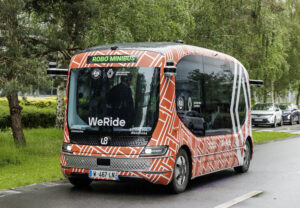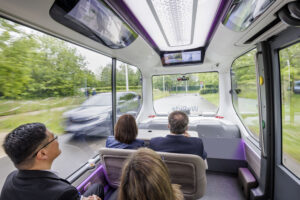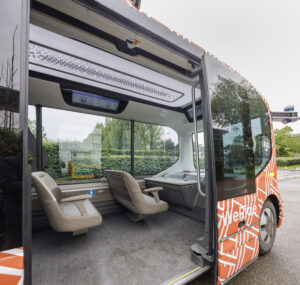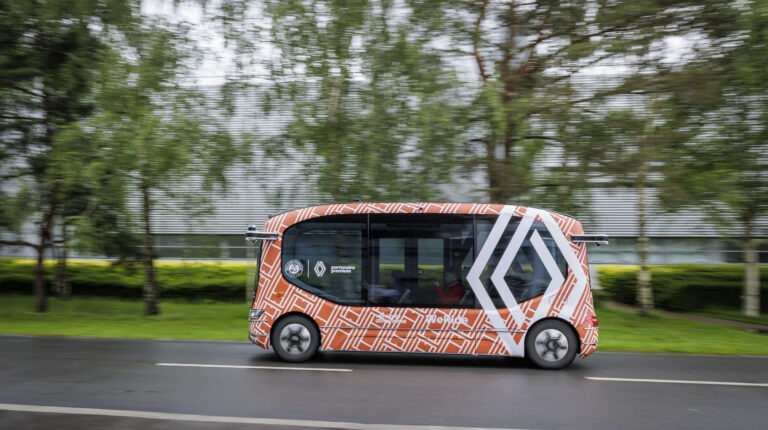Renault and WeRide will trial electric and autonomous shuttles that will facilitate access to the Roland-Garros stadium while demonstrating the maturity of new technologies for automated public transportation services.

Technological advancements now allow for effective driver assistance and delegation functions tailored to different vehicle types and uses.
Renault’s collaboration with WeRide aims for the large-scale deployment of Level 4 autonomous vehicles, capable of managing driving situations independently within a defined operational domain.
The robotized electric miniBus platform, based on the New Renault Master, is designed to integrate solutions from partners like EasyMile, Milla and WeRide. These autonomous miniBuses are designed to provide a zero-emission alternative or complement to existing transportation options, operating safely 24/7 with remote supervision.

For individual vehicles, Renault will provide top-level driving assistance on most models, prioritizing comfort and safety. Full autonomy for personal cars is not anticipated in the near future due to regulatory issues, customer expectations and cost challenges.
In contrast, Renault Group aims to be a key player in sustainable and autonomous public transportation. The company is developing an electric, robotized miniBus platform equipped for various automation solutions from specialist partners. Ongoing and upcoming experiments, including the partnership with WeRide, aim to demonstrate autonomous public transportation in real-world conditions.
Renault’s autonomous vehicle strategy adheres to international standards, which classify driving automation from Level 0 (no assistance) to Level 5 (full autonomy). For individual vehicles, Renault focuses on Level 2 or Level 2+ automation, enhancing driving assistance features while maintaining driver responsibility.
 The company says transitioning to Level 3 would require significant technological advancements and cost reductions.
The company says transitioning to Level 3 would require significant technological advancements and cost reductions.
For public transportation, Renault sees promise in autonomous miniBuses, especially as major European cities become low-emission zones. Trials such as the Mach 2 project in Châteauroux Métropole, France, aim to integrate automated electric minibuses into public transportation networks by 2026.





 The company says transitioning to Level 3 would require significant technological advancements and cost reductions.
The company says transitioning to Level 3 would require significant technological advancements and cost reductions.